This project is made possible through the partnership of Water Charity and the National Peace Corps Association. 
This is a project under the LET GIRLS LEARN Program, a collaboration of First Lady Michelle Obama and the Peace Corps to expand access to education for girls around the world!
Location
Rolaing Kruel Commune, Samrong Tong District, Kampong Spue Province, Cambodia
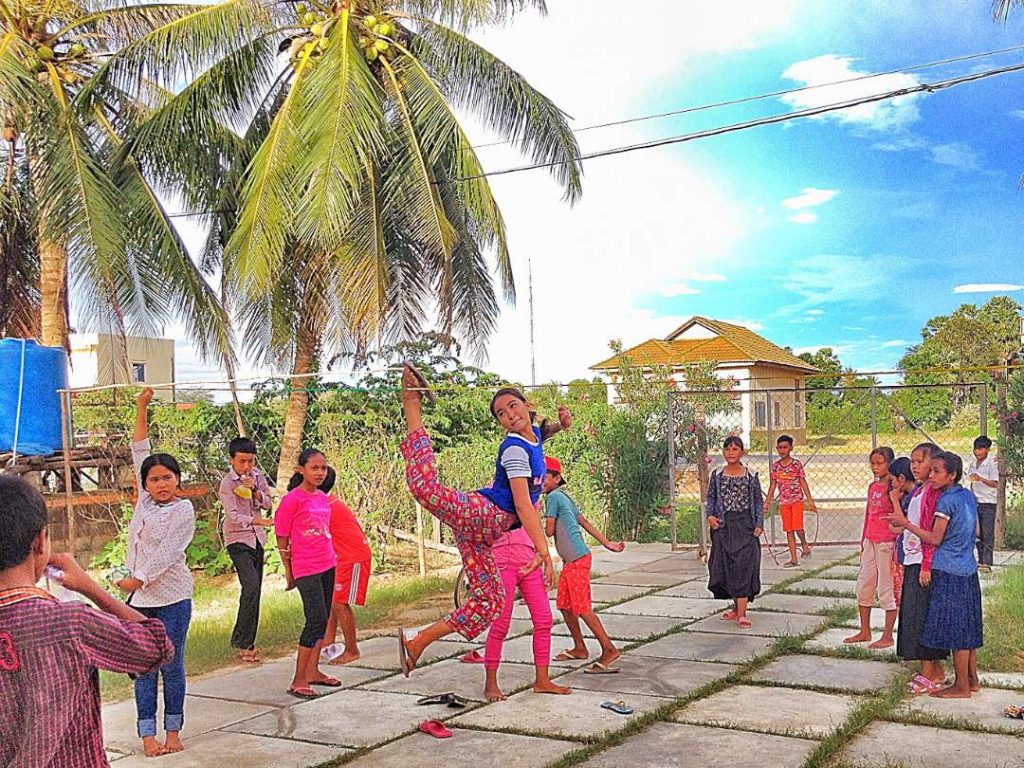
Community Description
Surrounded by a health center, pagoda, and market, Ang Metrei Primary School is located in the heart of the village. Due to its location, and its easy accessibility from the main road, Ang Metrei Primary School has the largest number of students in the entire commune. Six large villages that surround the school send their children there. The school is constantly alive with students learning in the mornings and afternoons. When school is not in session, children can be seen running around, and playing games such as soccer and “lot kawsaou” (jump over the rubber band). In this game you can find students, especially young girls, flying through the air as they try to jump over a long braided rubber band at different heights.
Problem Addressed
Ang Metrei Primary School is located in the heart of the village and despite the constant heavy flow of foot traffic, there is no clean area for teachers or students to relieve themselves.
Currently the school has two latrines for the whole school. These latrines are falling apart and are nearly unusable. Every day, teachers and students have to carry buckets of water from a faraway well, about 100 meters from the latrine, to fill the cisterns in the bathrooms. Since this is labor-intensive, often enough the latrines are left without water, making their use quite difficult. This creates a situation ripe for open defecation, and this induces fear in teachers and students, especially females.
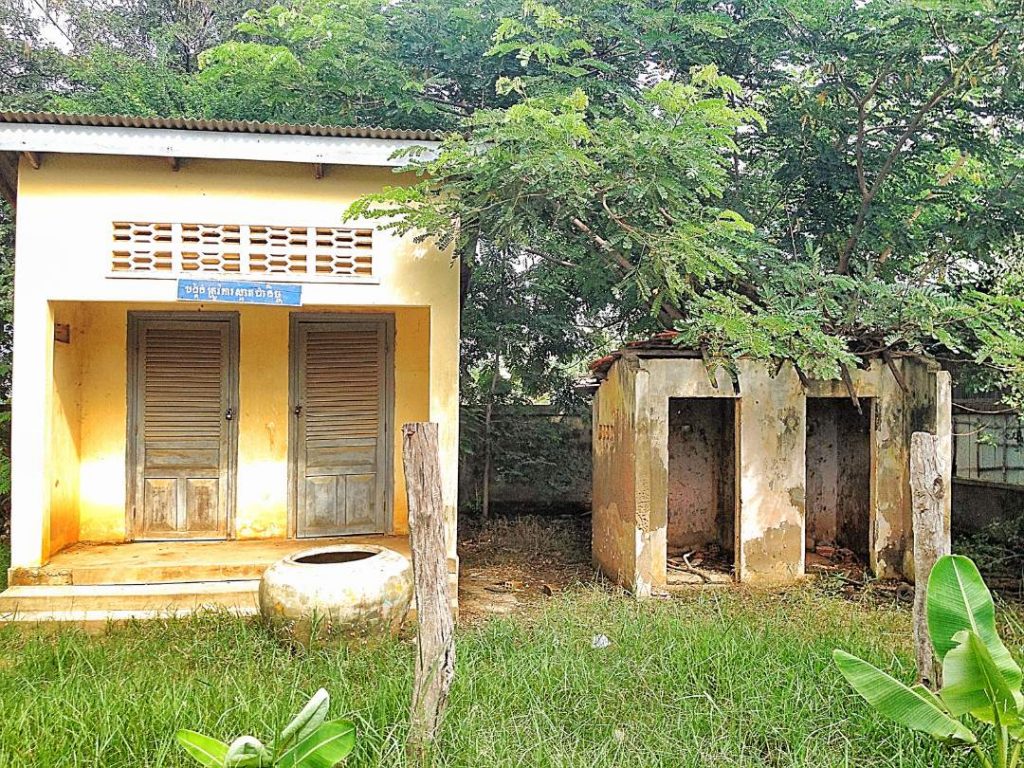
Since there is no clean bathroom available with clean water to use, teachers and students will limit the amount of water they consume while at school. In doing so they hope to suppress any urge they may have to use the bathroom while at school. This is very dangerous because long-term dehydration is damaging to health. Especially in Cambodia, where the heat can become intolerable, teachers and students need to make sure they are regularly hydrating. During the hotter months (March-May) an increase in the number of young women and children can be seen going to the private clinics for IVs because of dehydration. The opportunity of spreading disease and illness is increased by the lack of clean running water.
Due to its inconvenience, students will not wash their hands on a regular basis, ultimately creating an easy environment for illness and disease to spread. Open defecation, combined with the lack of an area to properly clean up, creates an easy facilitator for the oral-fecal route, which further leads to dangerous dehydration.
Project Description
This project is to build new, sanitary restroom facilities for the Ang Metrei Primary School. It will include a large water tank, and handwashing stations.
Construction will begin by digging a 5-meter square pit that is 2.5 meters deep. The latrines will be built upon the first 3 meters of this pit. The remaining 2 meters will hold the main waste cement container that will be hand-constructed with clay bricks and cement. The first 3 meters of the pit will contain three 1 x 1 x 1-meter handmade brick boxes. These boxes will receive the initial waste that is gravity flushed from the toilets and flows through a 100-millimeter pipe into the main waste tank located within the pit directly behind the latrines.
The main waste tank will be 2 m long x 5 m wide x 3 m high. The tank will be hand-made by contractors using clay bricks and cement. The tank will have an excess of 0.5 meters above ground to allow for a metal door to be created on top of the main waste tank to allow easy access for waste to be pumped when full.
The latrine structure, which will all be constructed from clay bricks, will be created over the first 3 meters of the pit. The dimension of the whole latrine structure, with its three stalls, is as follows: The width of the floor is 5 meters, the height of the structure is 3 meters, the width of the roof 5.6 meters, and the depth from the front of the structure to the back is 3 meters. The walls and floors of each latrine will be covered in porcelain tile. This will allow for easier cleanup after every use. The toilets will be porcelain squat style and each bathroom will have a cistern.
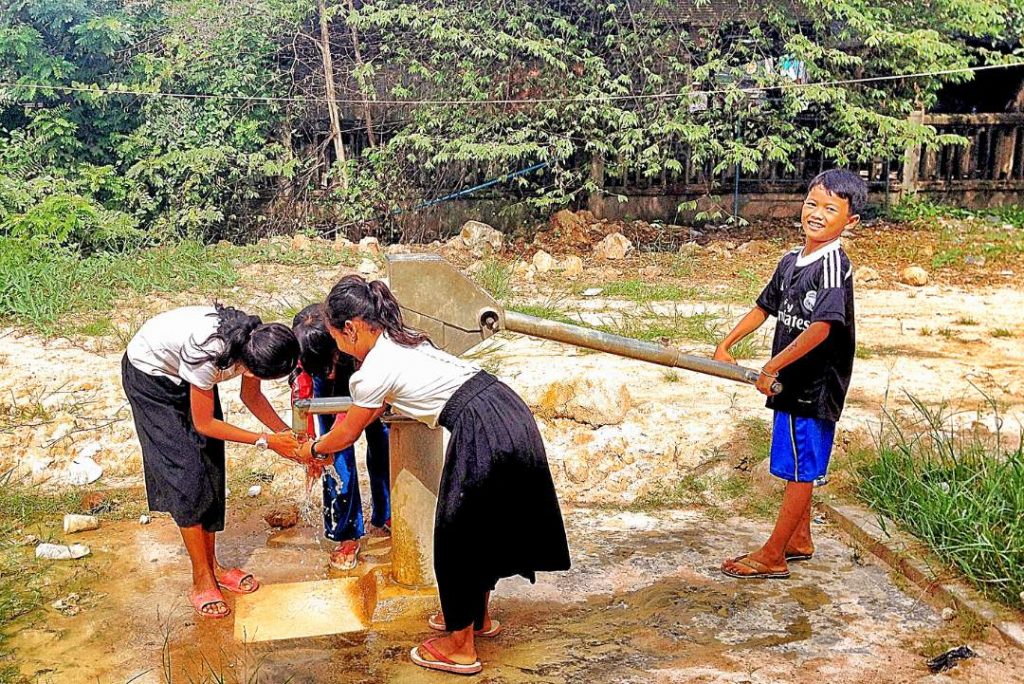
On the entrance side of the latrine structure, two sinks will be installed, one on the left wall and one on the right wall. These two sinks will be made of durable metal to guarantee longevity. The location of these sinks is key because it is easily visible from the bathroom stall. As soon as teacher and students exit the stall they will see a sink for them to use.
The sinks will be adhered to the walls with a combination of glue, screws, and cement. The roof of the latrine structure will consist of a flat surface made from cement in order to create a sturdy base on which the 2,000-liter water tank will rest. This tank will be made from durable metal. Water from the tank will be gravity fed through 21-millimeter pipes into the latrines and sinks.
The 2,000-liter tank will be replenished by a private water supply. The school is in the beginning stages of installing plumbing to receive running water from this company. The private company cleans and uses the water from the nearby river. The water pressure from the water plant is strong enough to pump water into the tank. All that will be needed is to install a valve on the 21-millimeter pipe leading to the tank from the pipes, installed before the start of the project. The water company has promised to install the plumbing into the school for free before the start of the project. This guarantees that teachers and students will have continuous access to water in the latrines and sinks. Nonetheless, the water from the water plant is not potable. It is however safe for common everyday use.
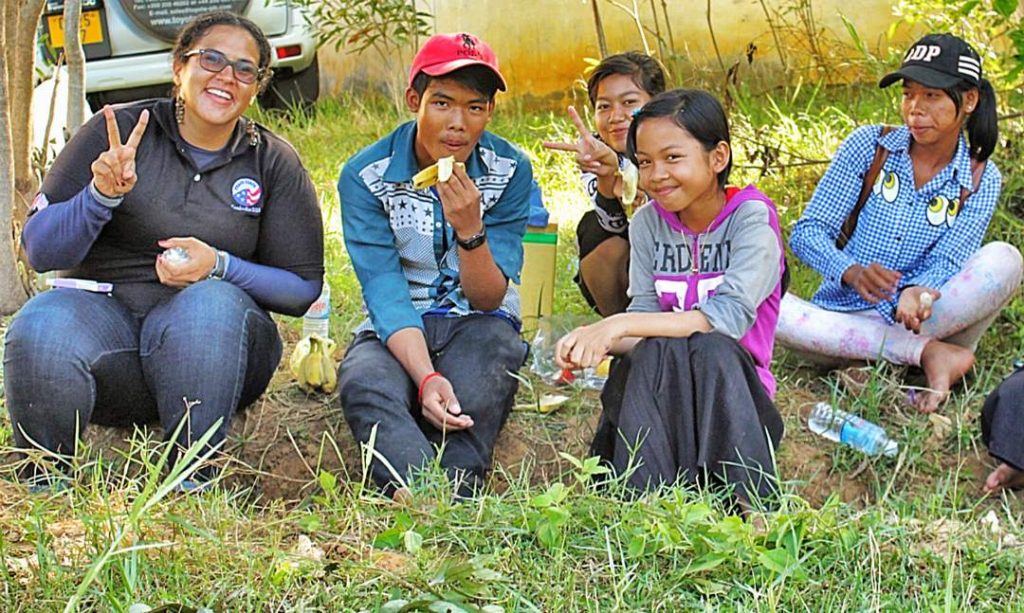
The school, at this time, has water filters, given by USAID, in each of its classrooms for the teachers and students to use. These filters have not been as beneficial as they could be because everyone that attends the school limits the amount of water they drink in a day because they do not want to have to use the bathroom while at school. By constructing latrines with continuous access to running water, teachers and students will not only feel comfortable using the bathrooms, but this will encourage proper hydration while at school. Lastly, the installation of the sinks will further encourage students to practice proper hand-washing techniques. Teachers will help reinforce this practice by holding hand-washing workshops in their respective classes.
Project Impact
This project will directly impact 619 people, including 600 students ranging from the ages of six to twelve years of age and 19 teachers on staff. This project will also impact visitors and future students and staff.
Peace Corps Volunteer Directing Project
Giselle Campos
Monitoring and Maintenance
This project will be monitored and maintained by the PCV as well as teachers, parents and community members.
Comments
This project is part of our Let Girls Learn Initiative.
Young women and children are the most vulnerable when dealing with issues related to water and sanitation. For young boys, urinating in public is a common practice. However, for young girls urinating in public is highly frowned upon. For this reason, girls will limit the amount of water they will drink in a day because they are afraid of having to use the bathroom when away from home. This action promotes dehydration, which is very dangerous in a country with a hot tropical climate. IVs in the arms of young women are too commonly seen in Cambodia. While talking with one of the doctors at a local private clinic he said that the most common reason why his female patients come to seek his care are for symptoms related to dehydration. With the implementation of this project, a clean and safe space for young girls to use the bathroom while they are at school will be created. In doing so their health and wellness will increase, while ultimately decreasing absences from school due to symptoms related to dehydration.
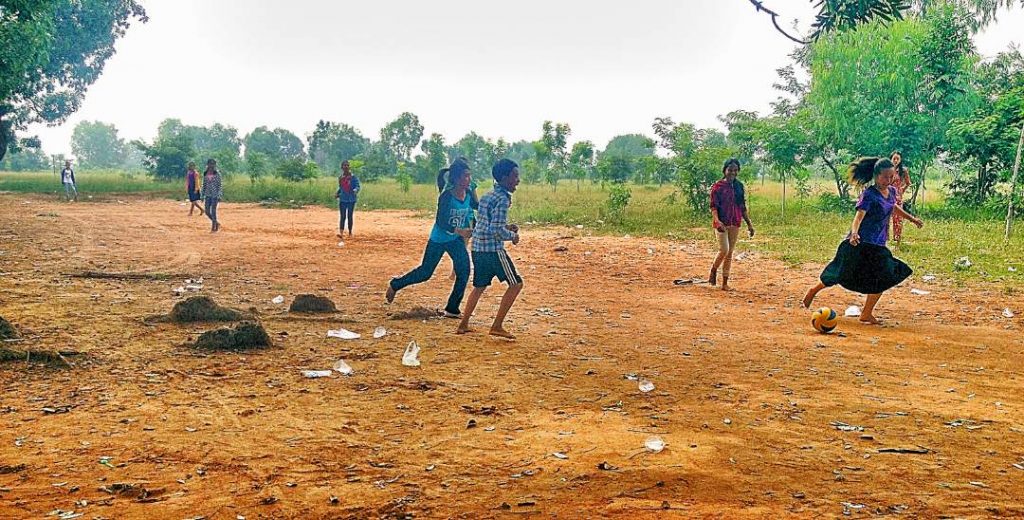
PCV Volunteer, Giselle Campos states that, “Ang Metrei Primary School holds a special place in my heart. Every Sunday you can see me with at least 10 kids playing a pick up game of soccer. This has become something special that my kids look forward to at the end every week. My favorite moment had to be when I first met seven-year-old PoPo at the school. She was a very shy girl who would hide away from playing team sports. After countless encouragement, and a little footwork she now dominates our games with poise and ease. Who knows, maybe we will see her in the future SEA Olympics.”
Dollar Amount of Project
$2,100
Donations Collected to Date
$0
Dollar Amount Needed
$2,100
ADOPT THIS PROJECT BY CONTRIBUTING THE DOLLAR AMOUNT OF THE PROJECT.
Donations of any amount will be appreciated. The full amount will allow you a posted dedication, if that is something you would like.
